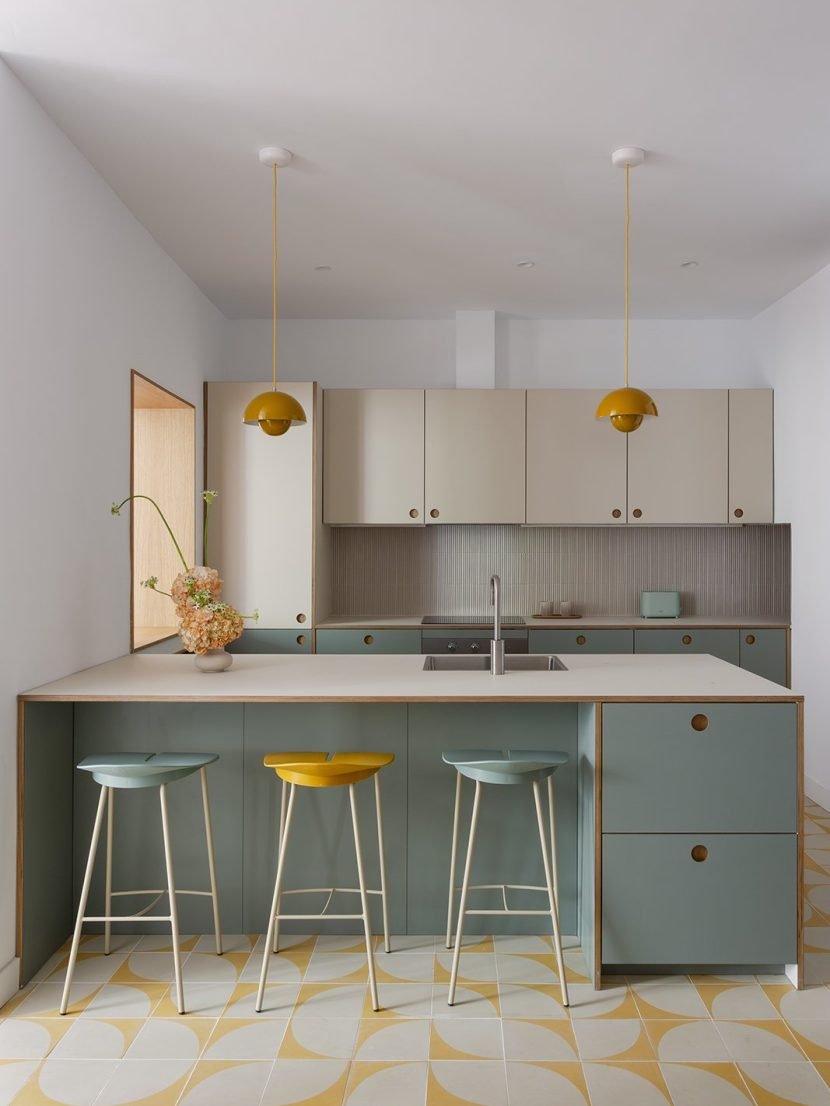Practical guide for choosing a cooker hood in open kitchens
In recent years, open-plan kitchens have gained popularity, becoming the heart of many homes. And it's no wonder because this type of design connects spaces, encourages social interaction, and brings spaciousness and light to the space. However, this configuration poses a fundamental challenge: controlling the fumes, odors, and particles that can invade the rest of the house when cooking.
Therefore, choosing an extractor hood is key when designing an open-plan kitchen. This appliance, essential in closed kitchens, becomes even more important in these types of designs where the boundaries between areas are more blurred, and its function is crucial to prevent kitchen odors and fumes from spreading to the living area. Choosing the right model is an investment in cleanliness, health, and well-being for the entire family. Can we help you?

What power should it have?

How to choose a silent model?

The most important thing to keep in mind for installation

Maintenance keys

Finding the most functional and aesthetic solution
